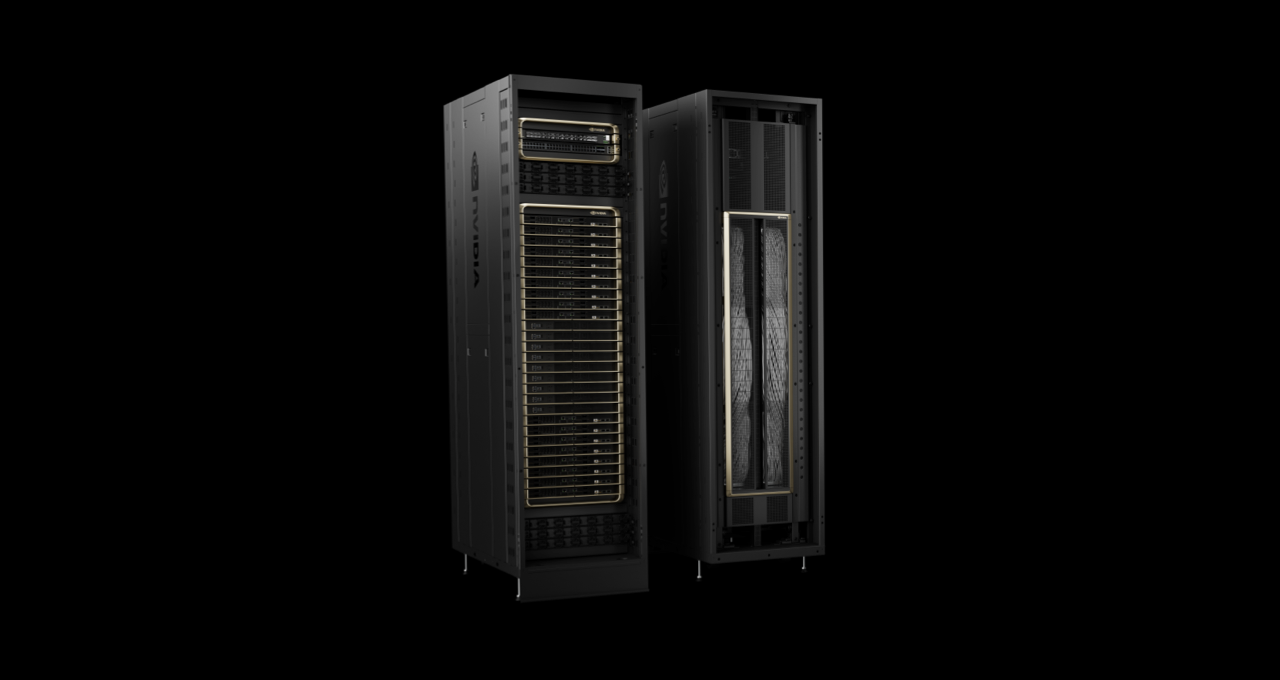The integration of quantum processors into tomorrow’s supercomputers promises to dramatically expand the problems that can be addressed with compute — revolutionizing industries including drug and materials development.
In addition to being part of the vision for tomorrow’s hybrid quantum-classical supercomputers, accelerated computing is dramatically advancing the work quantum researchers and developers are already doing to achieve that vision. And in today’s development of tomorrow’s quantum technology, NVIDIA GB200 NVL72 systems and their fifth-generation multinode NVIDIA NVLink interconnect capabilities have emerged as the leading architecture.
Here are five key quantum computing workloads in development, powered by NVIDIA Blackwell architecture.
1. Developing Better Quantum Algorithms
Simulating how candidate algorithms will run on quantum computers allows researchers to discover and refine performant quantum applications. For example, large-scale simulations performed with Ansys on DCAI’s Gefion supercomputer are being used to develop new quantum algorithms for computational fluid dynamics.
But such simulations are extremely computationally intensive. GB200 NVL72’s high-bandwidth interconnect with all-to-all GPU connectivity is an important factor in allowing NVIDIA cuQuantum libraries to execute state-of-the-art simulation techniques on feasible time scales — with an 800x speedup compared with the best CPU implementations.
2. Designing Low-Noise Qubits
Conventional chip manufacturing relies heavily on detailed physics simulations to rapidly iterate toward performant processor designs. Quantum hardware designers must tap into these same simulation tools to discover low-noise qubit designs, which are crucial for quantum computing.
Simulations capable of emulating noise in potential qubit designs need to crunch through complex quantum mechanical calculations. GB200 NVL72, paired with cuQuantum’s dynamics library, provides a 1,200x speedup for these workloads — providing a valuable new tool that accelerates the design process for quantum hardware builders like Alice & Bob.
3. Generating Quantum Training Data
AI models show increasing promise for challenges in quantum computing, including performing the control operations needed to keep quantum computers running.
But in many cases, a key stumbling block for these models is obtaining the volumes of data needed to effectively train them. The necessary data would ideally come from actual quantum hardware, but this proves either expensive or simply unavailable.
Output from simulated quantum processors offers a solution. GB200 NVL72 can output quantum training data 4,000x faster than with CPU-based techniques, helping bring the latest AI advancements to quantum computing.
4. Exploring Hybrid Applications
Effective future quantum applications will lean on both quantum and classical hardware, seamlessly distributing algorithm subroutines to whichever hardware type is most appropriate.
Exploring hybrid algorithms suited to this environment requires a platform that can combine simulations of quantum hardware with access to state-of-the-art AI supercomputing, such as the capabilities offered by GB200 NVL72. NVIDIA CUDA-Q is such a platform. It can draw on GB200 NVL72 to provide an ideal hybrid computing environment for researchers to explore hybrid quantum-classical applications, speeding development by 1,300x.
5. Unlocking Quantum Error Correction
Future quantum-GPU supercomputers will rely on quantum error correction — a control process that continually processes qubit data through demanding decoding algorithms — in order to continually correct errors.
The decoding algorithms required by quantum error correction run on conventional computing hardware and must process terabytes of data every second to stay on top of qubit errors. This requires the power of accelerated computing. GB200 NVL72 demonstrates a 500x speedup in running a commonly used class of decoding algorithms — making quantum error correction a feasible prospect for the future of quantum computing.
These breakthroughs are allowing the quantum computing industry to perform the quantum-GPU integrations needed for large-scale useful quantum computing.
For example, qubit-builder Diraq announced at NVIDIA GTC Paris that it is using the NVIDIA DGX Quantum reference architecture to connect spins-in-silicon qubits to NVIDIA GPUs. Plus, the NVIDIA CUDA-Q Academic program is onboarding researchers to use GB200 NVL72 and other advanced technologies.
NVIDIA is working toward a future where all supercomputers integrate quantum hardware to solve commercially relevant problems. NVIDIA GB200 NVL72 is the platform for building this future.
Watch the NVIDIA GTC Paris keynote from NVIDIA founder and CEO Jensen Huang at VivaTech, and explore GTC Paris sessions.
